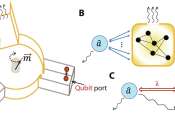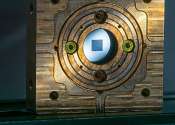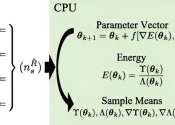Researchers build new device that is a foundation for quantum computing
Scientists led by the University of Massachusetts Amherst have adapted a device called a microwave circulator for use in quantum computers, allowing them for the first time to precisely tune the exact degree of nonreciprocity ...









